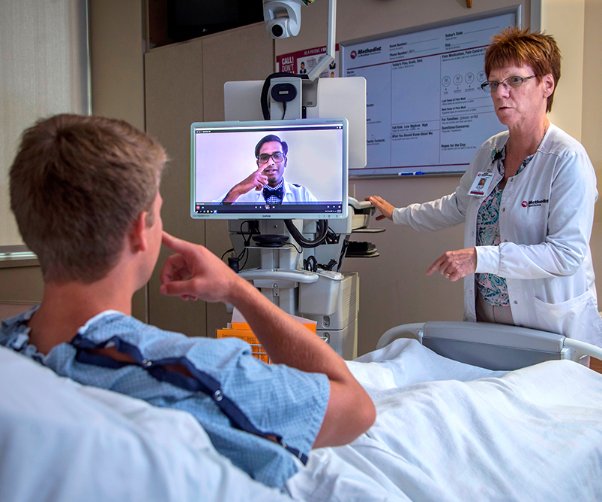
Stroke, speech, and swallowing: How speech therapy can help after a stroke
What is a stroke?
A stroke is a cerebral vascular accident that occurs when the blood supply to a region of your brain is blocked or reduced, which can prevent the brain tissue from receiving much needed oxygen and nutrients. As a consequence of the stroke, the brain cells in the affected area begin to die. This can lead to many physical deficits within minutes.
What are some deficits that I may experience?
There are five major warning signs of a stroke:
- Sudden onset of weakness or numbness on one side of the body
- Sudden speech difficulty or confusion
- Sudden difficulty seeing in one or both eyes
- Sudden onset of dizziness, trouble walking or loss of balance
- Sudden, severe headache with no known case
If you or a loved one begins to experience any of these symptoms, it is important that you call 911 or present to an Emergency Department as soon as possible.
When a patient arrives to the hospital with stroke-like symptoms, most hospitals have a protocol in place that requires imaging, physician consultations, and referral orders, among other things, including a speech therapy evaluation.
What is speech therapy?
Speech therapy is the treatment of communication and speech disorders. During speech therapy, patients work with a speech-language pathologist (SLP), who can help assess, prevent, diagnose and treat disorders — such as speech, language, social and cognitive-communication, and swallowing disorders in children and adults.
Because strokes can lead to difficulties with swallowing, using and understanding language, and speaking, speech therapy can be an important step in recovery.
What does speech therapy look like?
Despite the name, SLPs work on more than just slurred speech. SLPs screen at-risk patients for difficulties like swallowing, talking, expressing themselves and understanding others, remembering things, and problem solving. If you are experiencing difficulties in any of these areas, the SLP will initiate appropriate and functional therapy exercises and activities.
When you are in the hospital, the focus for speech, language, and cognitive therapy will be on increasing your ability to participate in your medical care.
For example, things like understanding what healthcare workers are saying to you, expressing your wants and needs during your stay, or discussing the situation that brought you to the hospital are things that speech therapy would focus on.
If you have difficulty swallowing during meal times, such as coughing, wet vocal quality, or clearing your throat, the SLP may perform an assessment — like a Modified Barium Swallow Study or Fiberoptic Endoscopic Evaluation of Swallow — to determine how you are aspirating and how the muscles responsible for swallowing are functioning.
Aspiration is where anything other than air — like food, drink, or saliva — enters into the lungs and can potentially cause pneumonia. Swallow therapy will focus on strengthening muscles responsible for swallowing to reduce aspiration.
SUBSCRIBE TO OUR BLOG
and you'll receive more health & wellness tips right in your inbox.
SUBSCRIBE NOWWhat happens when a patient is discharged home?
If you are still experiencing difficulties with your speech, language, cognition, swallowing, or voice after you get home, you can see an SLP in a number of settings, including outpatient therapy.
In these settings, speech therapy can be used to target more functional activities — like ordering food, balancing a check book, and managing medication. You can get a speech therapy referral from your primary care physician.
What other types of rehabilitation are available?
Often times, speech and swallowing are not the only areas impacted by a stroke. Activities like walking, lifting your arms, or using your hands may be difficult.
Physical therapists are trained to diagnose and treat individuals who have difficulty using their lower extremities for activities — like walking, sitting, or standing.
Occupational therapists are trained to diagnose and treat individuals who experience difficulties with activities of daily living — like writing, feeding themselves, getting dressed, or brushing teeth.
A word from Methodist South Rehabilitation team
Methodist South Outpatient rehabilitation offers physical therapy, occupational therapy and speech therapy services for adults and pediatric patient population.
We are located at 1251 Wesley Drive, Suite 141, Memphis TN 38116 — across the street from Methodist South Hospital. You can reach us at 901-516-3726.
Want to learn more about expert care for strokes?
Our team is committed to excellence in the treatment and management of strokes.
Five Methodist hospitals are certified as Comprehensive Stroke Centers or Primary Stroke Centers.
Related Articles


